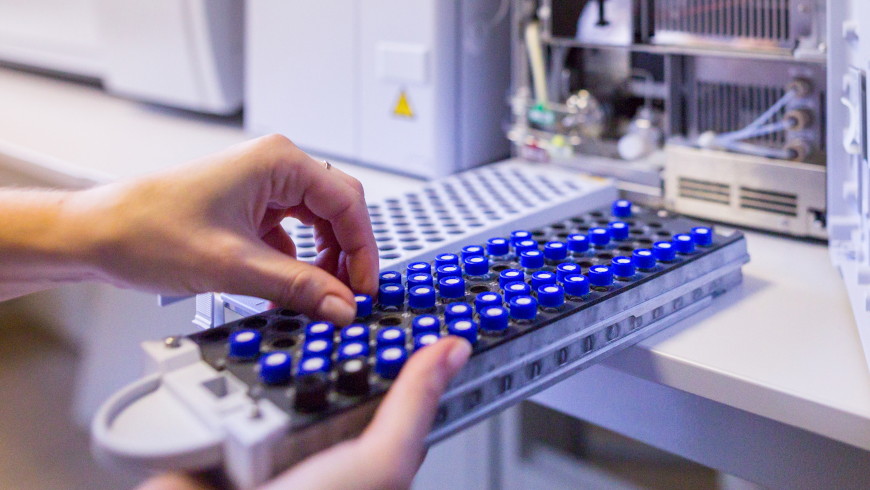The European Directorate for the Quality of Medicines & HealthCare (EDQM) and representatives of official medicines control laboratories (OMCLs) in Europe, as well as the US Food and Drug Administration, Health Canada and the Therapeutic Goods Administration, Australia, have co-authored an article entitled “Performance Characteristics of Mass Spectrometry-Based Analytical Procedures for Quantitation of Nitrosamines in Pharmaceuticals: Insights from an Inter-laboratory Study”, published in the Journal of Pharmaceutical Sciences in July 2023.
Certain types of nitrosamines – possible human carcinogens – were detected in several active substances used in the treatment of hypertension and in related medicines in 2018. Since then, health and regulatory authorities worldwide have been working to set up and implement comprehensive control strategies to address and mitigate the risk. Only very low levels of nitrosamines are acceptable according to current regulatory requirements, so their detection requires highly sensitive analytical methods.
This inter-laboratory study responded to a need for more in-depth knowledge on the overall performance of mass spectrometry (MS)-based analytical procedures for nitrosamine analysis. To assess the measurement variation across different analytical procedures, the six participating laboratories used their own analytical methods to determine the amounts of small-molecule nitrosamines (NDBA, NDEA, NDIPA, NDMA, NEIPA and NMBA*) in a set of identical samples (valsartan and losartan drug substances and products). Most laboratories used MS detection following gas or liquid chromatographic separation (GC-MS or LC-MS), but these techniques – routinely used in the analysis of pharmaceutical substances – were not necessarily designed to determine trace-level nitrosamines, and therefore required sound validation.
The results demonstrated that accurate and precise quantitation of trace-level nitrosamines can be achieved using different analytical procedures. The study also provided insight into the performance characteristics of MS-based analytical procedures in terms of accuracy, repeatability and reproducibility. Confirming the effectiveness of these analytical procedures for determining nitrosamines in pharmaceutical substances is an essential step in ensuring the safety and quality of medicinal products. The study also highlights the importance of global co-operation between national control laboratories and regulatory agencies in responding to public health issues.
* NDBA: N-nitrosodibutylamine; NDEA: N-nitrosodiethylamine; NDIPA: N-nitroso-diisopropylamine; NDMA: N-nitrosodimethylamine; NEIPA: N-nitroso-ethyl-isopropylamine; NMBA: N-nitroso-N-methyl-4-aminobutyric acid.
See also:




